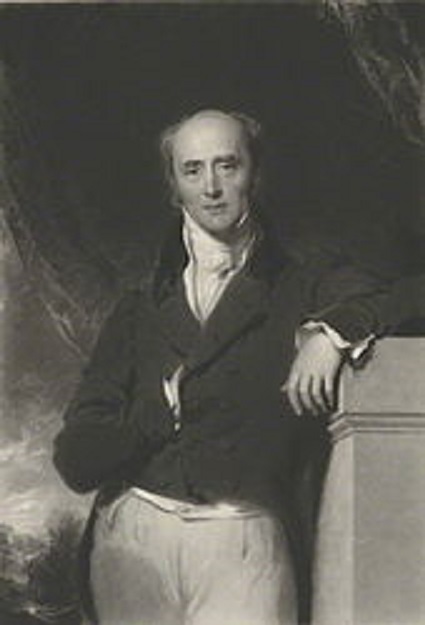The order of the Garter and a member of the Privy Council of the United Kingdom, Prime Minister of the United Kingdom from November 1930 to July 1834, Charles Grey, 2nd Earl Grey, KG, PC, was born on 13 March 1764.

Upbringing of Grey
Grey came from a long-established Northumbrian family at Howick Hall. Grey was a son of General Charles Grey KB and Elizabeth who was the daughter of George Grey of Southwick. Grey was the second but eldest surviving child of the family, with two sisters and four brothers.
He received his education at Richmond School and later at Eton and Trinity College in Cambridge where he acquired a facility in Latin and English composition. This knowledge helped him in becoming one of the elite parliamentary orators of his generation.
Grey’s Marriage and Family
Grey married Hon. Mary Elizabeth Ponsonby, daughter of William Ponsonby, 1st Baron Ponsonby of Imokilly, a leading Irish liberal family. Between 1796 and 1819, the couple’s enormous love was blessed by ten sons and six daughters. Few of their sons gave service to the nation by being General, Admiral, and Captain. Their daughters married a few of the well-established family of their time and had lived a happy life.
Government Career
At just the age of 22, on 14 September 1786 Grey was elected to Parliament for the Northumberland constituency. Very soon he became one of the major leaders of the Whig party. In his earlier career, Grey was noted for advocating Catholic emancipation and Parliamentary reforms.
Charles Grey as Foreign Secretary
Grey became a part of the Ministry of all the Talents which was a coalition of Foxite Whigs, Addingtonites and Grenvillites as First Lord of the Admiralty in 1806. After Fox’s death in the same year, Grey took over as Foreign Secretary and as the leader of the Whigs.
Grey’s years in Opposition from 1807 to 1830
In 1807, the government fell from the power and Grey went to the Lords, succeeding his father as Earl Grey and spend a brief period from May to July 1807 as a member of parliament for Appleby. Grey remained in opposition for the next 23 years till 1830. There were many occasions when Grey came close to forming the government.
Prime Minister and Reform Act of 1832
Following the death of George IV in 1830, Duke of Wellington resigned and finally, the Whigs returned to power. The party chose Grey as Prime Minister with popular backing for reform of the parliamentary representative system.
He was made a member of the Order of the Garter in 1831. His term is still noted for seeing the passage of the Reform Act 1832 which was the change in the existing electoral process. This reform act sowed the seed of the current system which culminated in suffrage for men and women over the age of 18, secret ballots and legitimate constituencies.
Difficulties passing the Reform Act of 1832
The battle to pass the historic Reform act of 1832 was too difficult that he resigned as the Prime minister after the Lords rejected the act. After his resignation, Duke of Wellington tried to form an administration however he failed in that, post which Grey returned to the office as Prime minister again. The Duke of Wellington then supported the reform act and Grey was able to push the bill through. Among other notable reforms are the restriction on the employment for children and abolition of slavery in the British Empire.
End of Premiership
The Viceroy of Ireland, Lord Anglesey, preferred placatory reform known as “appropriation” which included the partial redistribution of income from church tithe to the Catholic Church and keep it away from the Protestant.
The members of the cabinet had different views in this matter which led the resignation of Lord Stanley who was the Chief Secretary for Ireland and a few other members. This situation ended the premiership of Grey in 1834, and he retired from the public life leaving Lord Melbourne as the next Prime minister.
Entitlements and Grey’s love for Tea
Upon the death of Grey’s father on 14 November 1807, he was titled with the second Earl Grey, Baron Grey of Howick and Viscount Howick. He supposedly received a diplomatic gift of tea which was flavored with bergamot oil. It became so popular in Britain that the tea merchant to whom he asked to recreate the tea named it after Grey as Earl Grey Tea. Thus originated the famous name of Earl Grey tea and yes, it was named after a real person!
Later Life of Grey
After his resignation in 1834, he stayed away from the limelight. Grey spent his last years at Howick with his family, his books and dogs. In his old age, he suffered one great personal blow when his favorite grandson Charles dies at the age of 13. The leader and the great personality bid the world adieu with his last breath on 17 July 1845. His body was cremated in the church in July of 26 in the presence of his family and close friends.